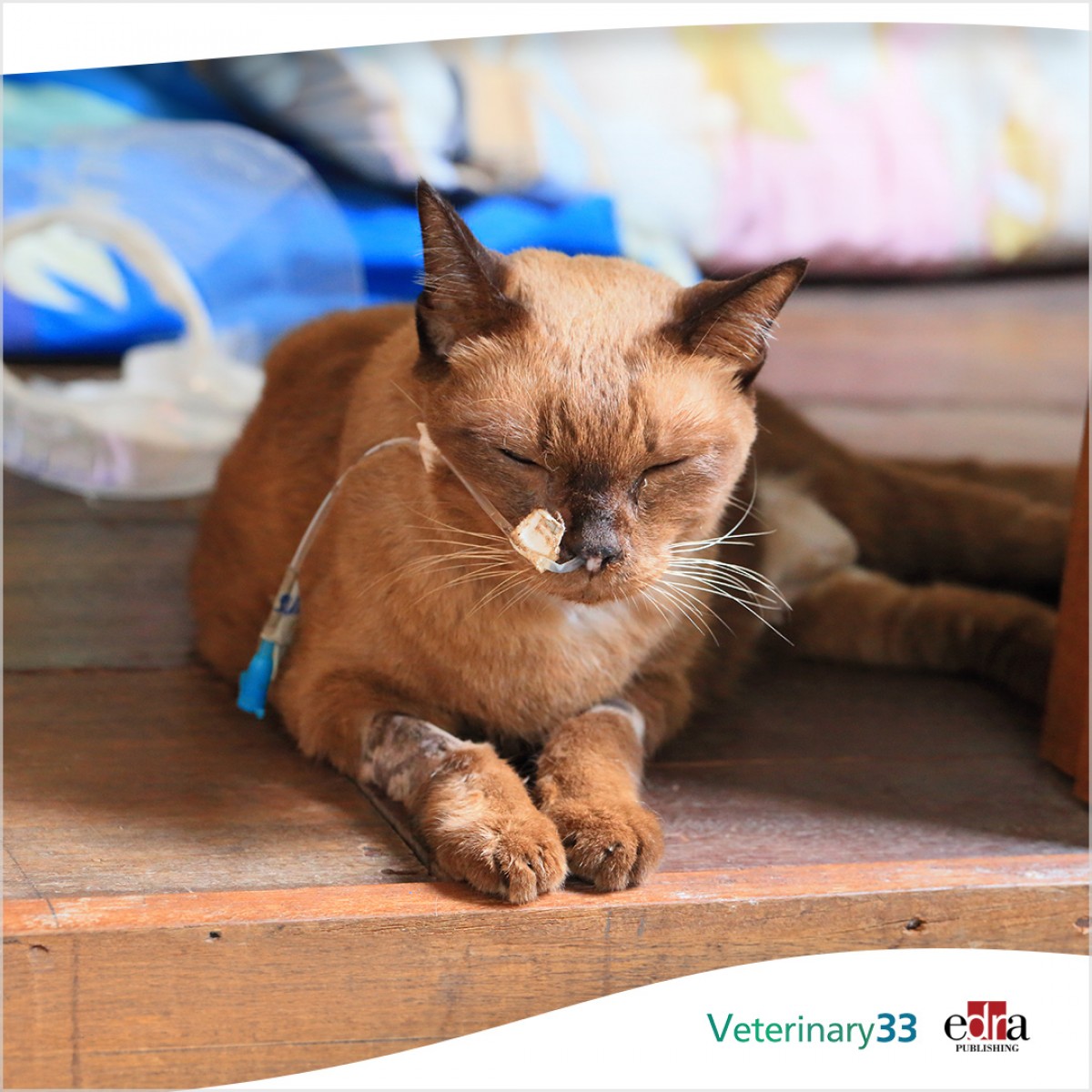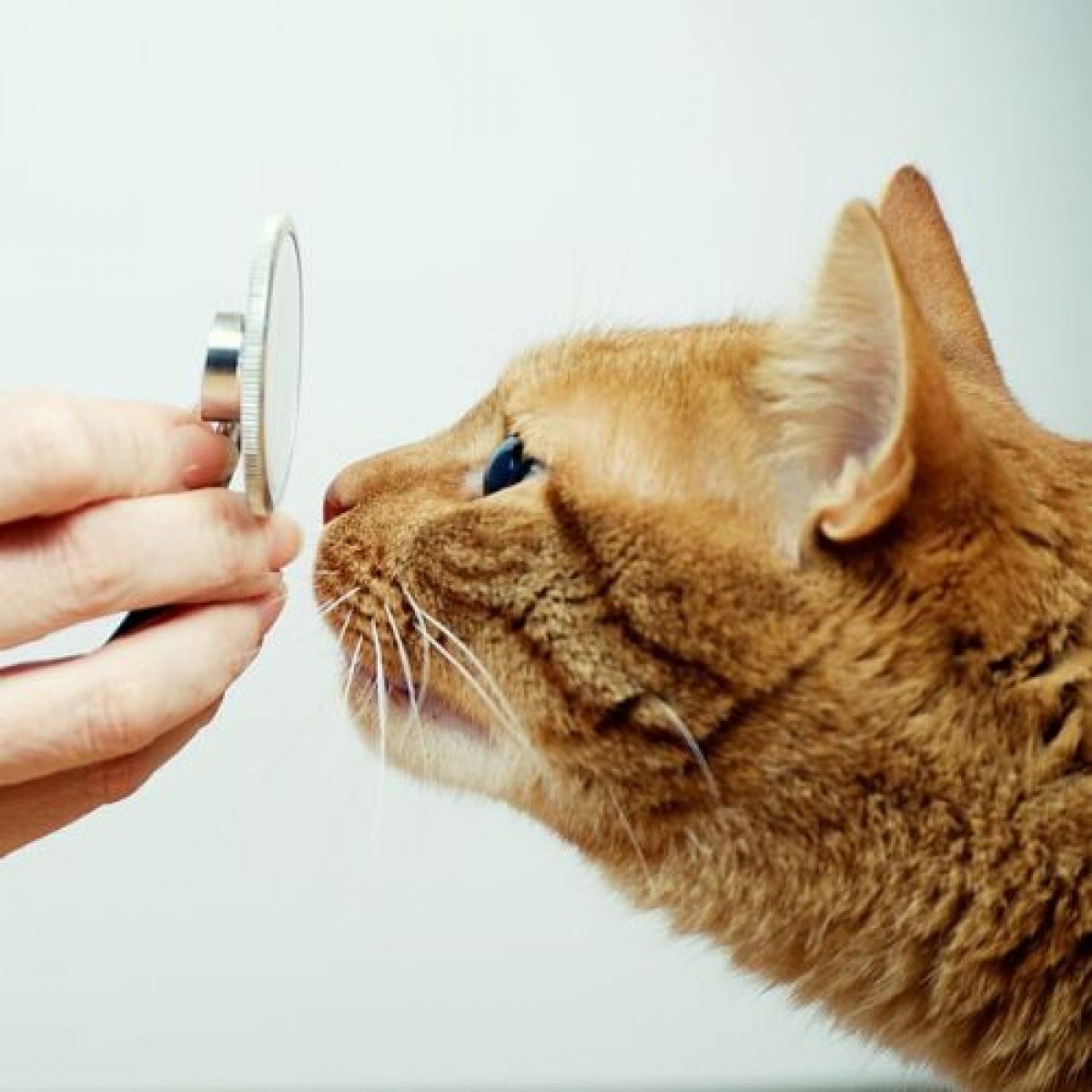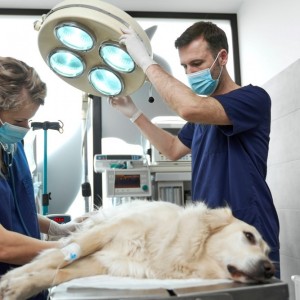False positive results in feline leukemia virus tests in cats with concurrent immune-mediated anemia
The objectives of this study were to describe clinical findings, diagnosis, treatment, and survival in 18 cats with anemia of suspected immune-mediated origin (ASIMO) and conflicting results using FeLV diagnosis tests, and to suggest an accurate way to assess their FeLV diagnosis.
Medical records from 5 veterinary institutions were retrospectively reviewed to identify cats with ASIMO, positive results on p27 SNAP ELISA, and negative results on pro-virus PCR testing in peripheral blood, in the absence of other identified triggers. Follow-up was recorded from diagnosis to the time of writing, and survival analysis was performed to assess similarities with previous published data.
Eighteen cats were enrolled from referral centers in Spain, Italy, and the United Kingdom. Both peripheral immune-mediated hemolytic anemia (IMHA; 12/18) and precursor targeted immune-mediated anemia (PIMA; 6/18) were described. When the SNAP ELISA test was rechecked in patients with disease control, SNAP ELISA positive results had become negative. Two cats had a relapse of the ASIMO, and the FeLV SNAP ELISA tested positive again. Other signs of FeLV disease did not appear in any of these patients despite immunosuppression. 14 cats (14/18 [78%]) were alive at the time of writing, and the mean estimated survival time was 769 days.
This study describes incongruent FeLV results in cats with ASIMO. It supports the necessity to confirm FeLV SNAP ELISA positive results using additional tools, such as pro-virus PCR testing, as different p27 point-of-care and external serological tests may be inconsistent.
“A retrospective review of cats with suspected false positive results in point-of-care feline leukemia virus tests and concurrent immune-mediated anemia”. Laura Izquierdo Robert, et al. J Am Vet Med Assoc. 2023 May 30;1-7. doi: 10.2460/javma.23.02.0059.
https://avmajournals.avma.org/view/journals/javma/aop/javma.23.02.0059/javma.23.02.0059.xml














List
Add
Please enter a comment